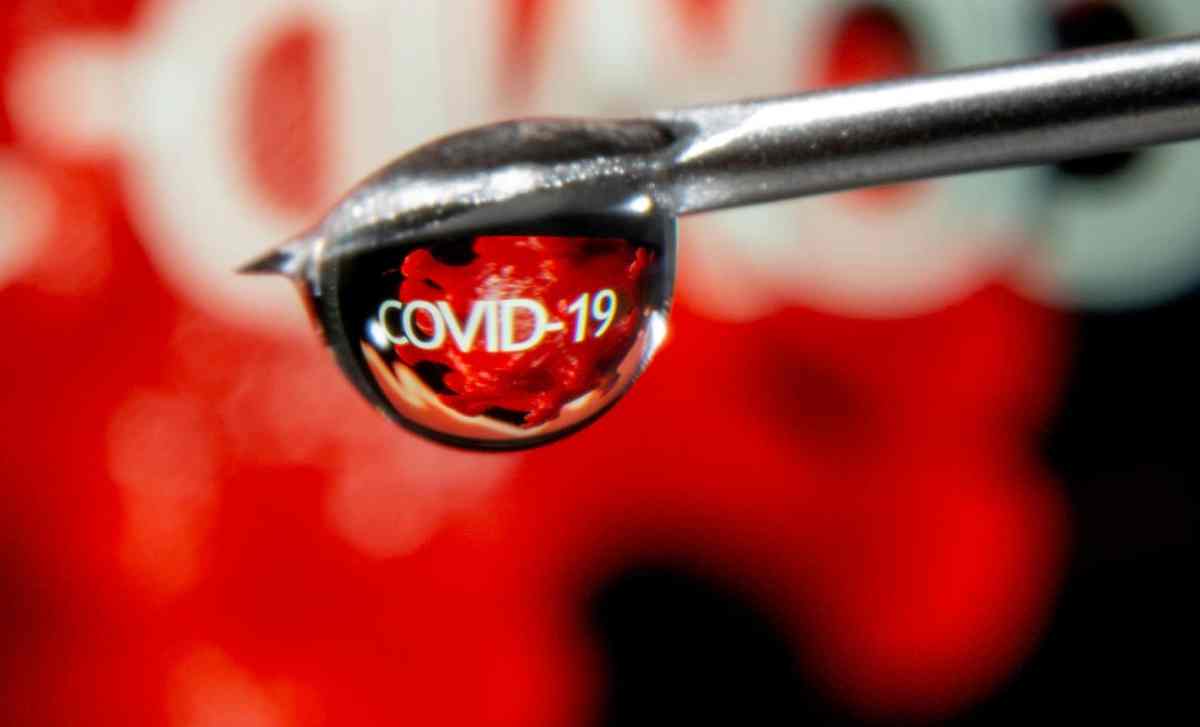Demand for the Covid-19 vaccine far exceeds its current supply on Long Island.
Thousands of healthcare workers, essential workers, and seniors 65 and older are getting vaccinated against coronavirus per day, and thousands more are trying to get what few appointments are available as New York State waits for the federal government to ramp up vaccine production.
But when there eventually is enough supply, will enough people be willing to get the vaccine? The answer is complicated.
“We all know this is going to take some time, but eventually we’ll have more vaccines than there is demand,” Lt. Gov. Kathy Hochul said at a press conference on Jan. 25, “and we’ll be trying to create that demand and overcome people’s hesitations.”
To reach herd immunity and effectively stop public spread of coronavirus, at least 70 percent of the population would need to be vaccinated, according to researchers at Johns Hopkins University.
Reuters reported in mid-January that 26 percent of Americans said they will not get the vaccine and 28 percent were unsure, according to a YouGov poll. As the country enters its second full month of its vaccination efforts, it is only beginning to see what the refusal rates are really like.
At New York’s long-term care facilities, 16 percent of residents and 32 percent of staff declined the vaccine. In comparison, Long Island’s nursing homes also saw 16 percent of residents refuse, while 46 percent of the staff refused — 14 percent above the state average.
Long Island is also on the low end of its percent of hospital workers vaccinated in the state. It has vaccinated 61 percent of its hospital workers, compared to 67 percent statewide. Though the governor’s office has not yet released the numbers, any portion of the 39 percent of unvaccinated hospital workers may have declined.
Some government officials have predicted that refusal rates in the general public will be higher than they are among hospital workers; other reports suspect that online misinformation about the vaccine could lead to people’s discomfort with it.
To reach 70 percent of communities — and the world — vaccinated, governments and organizations will need to push public information campaigns, which many already have, such as Nassau County’s “We Can Do It Nassau,” or Suffolk County’s “Take Your Shot” initiative.
For more coronavirus coverage, visit longislandpress.com/coronavirus.
Sign up for Long Island Press’ email newsletters here. Sign up for home delivery of Long Island Press here. Sign up for discounts by becoming a Long Island Press community partner here.





























